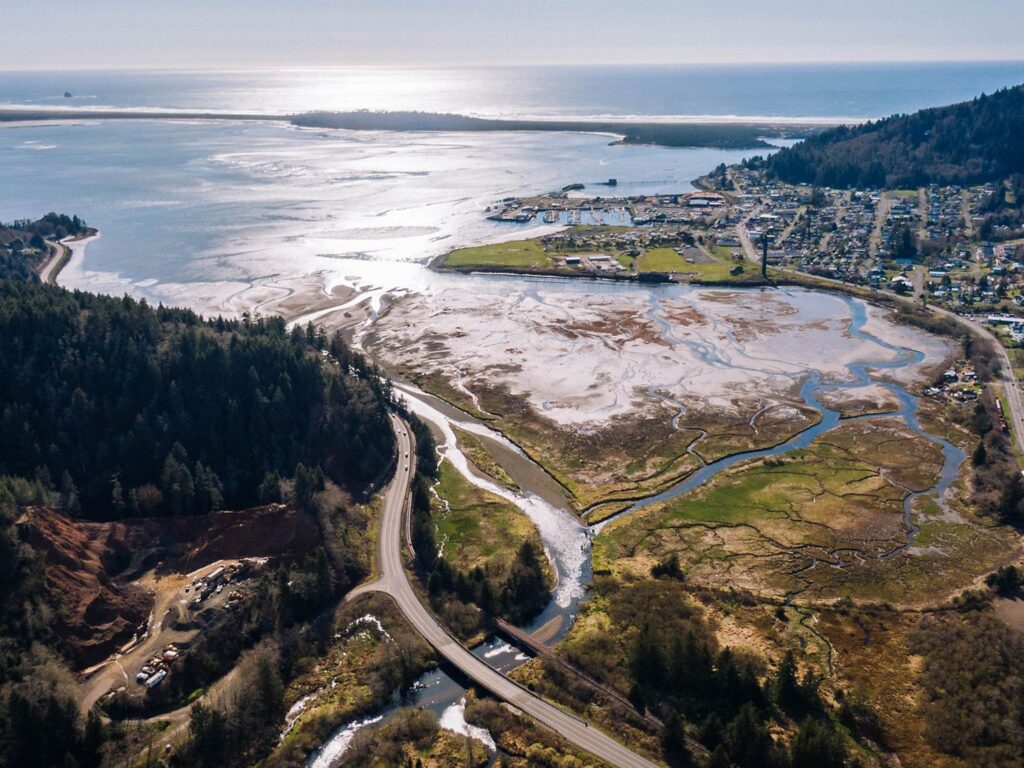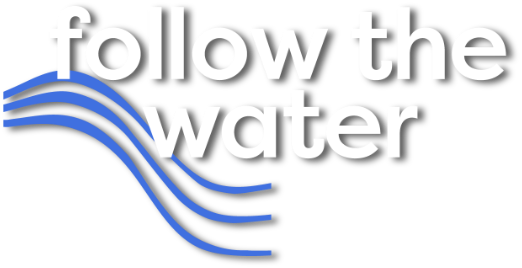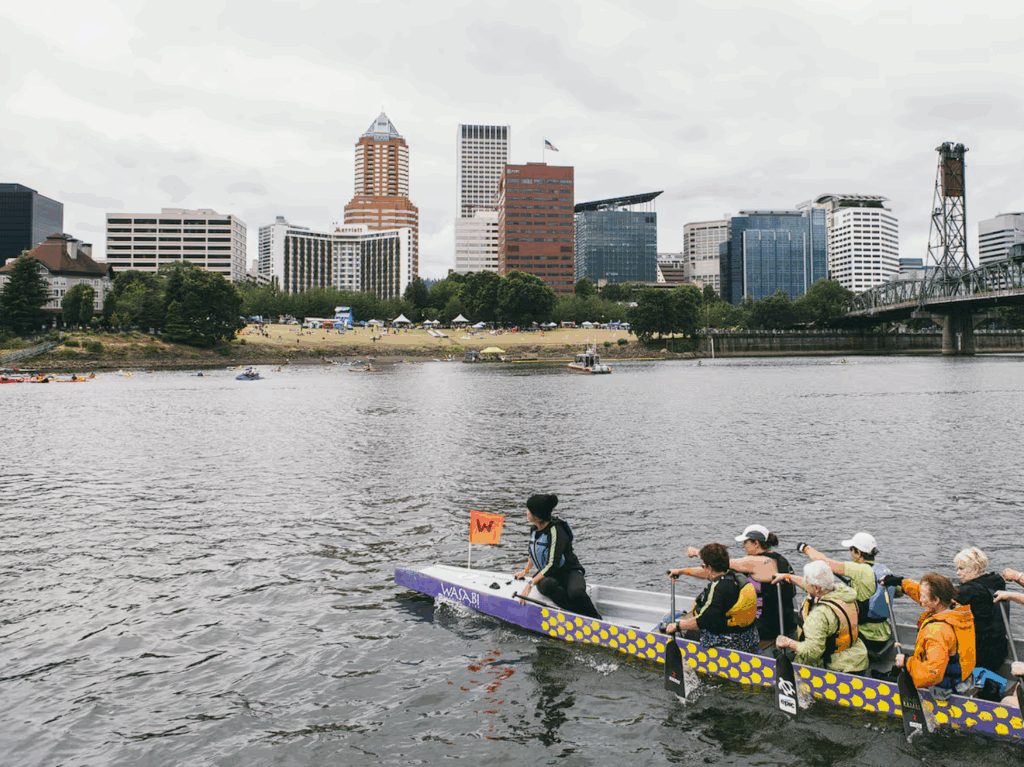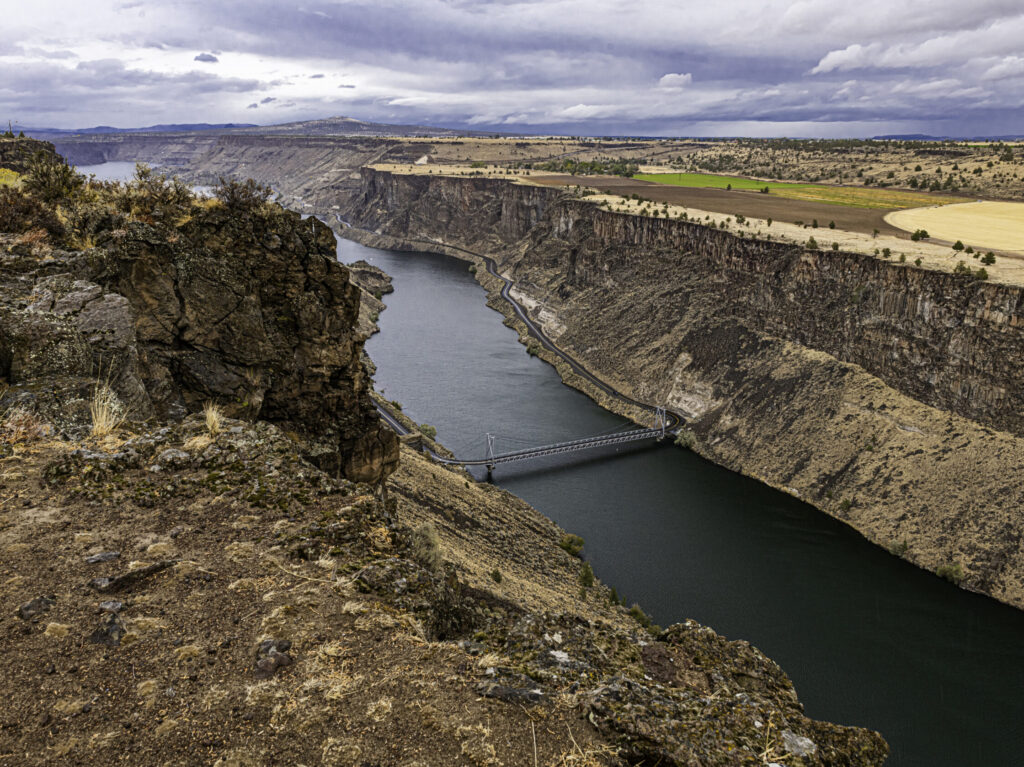Celebrate National Estuaries Week
Author
Posted
Share


So, what exactly is an estuary? Read on to learn more about this important ecosystem and how to protect them.
What Is an Estuary?
An estuary is a coastal area where freshwater from rivers and streams meets and mixes with saltwater from the ocean. This unique combination creates brackish water—slightly salty water that isn’t as salty as seawater. Estuaries serve as natural buffer zones between the land and the sea, acting as transition areas where diverse forms of life thrive.
Estuaries are essential ecosystems. They offer safe, calm waters that support many species of plants, animals, and marine life. The gentle mixing of saltwater and freshwater creates a nutrient-rich environment, fostering biodiversity. Many species of fish, shellfish, birds, and other wildlife rely on estuaries for food, shelter, and breeding grounds. Additionally, estuaries serve as nurseries for young fish, providing a safe space for them to grow and mature before heading out to the open ocean.
The Importance of Estuaries in the Ecosystem
Estuaries play a critical role in maintaining the health of our planet. They offer a variety of ecosystem services, including:
- Water Filtration: Estuaries help filter pollutants and toxins from rivers before they enter the ocean. The plants, mud, and marshes within estuaries naturally absorb harmful substances, improving water quality and keeping our oceans healthier.
- Coastal Protection: Estuaries act as natural buffers that protect shorelines from storm surges, flooding, and erosion. The wetlands and marshes in estuaries absorb excess water and slow down waves, reducing the impact of extreme weather events.
- Carbon Storage: Estuaries store large amounts of carbon, helping to mitigate the effects of climate change. The vegetation in these areas captures carbon dioxide and stores it in the soil, playing a vital role in controlling global carbon levels.
- Support for Fisheries: Many commercial fish species, including shrimp, oysters, and salmon, depend on estuaries for part of their life cycles. Protecting estuaries means protecting the industries and livelihoods that rely on these ecosystems.
How to Celebrate National Estuaries Week
If you live along the coast, there are many ways you can get involved in National Estuaries Week. Taking action on this day can be as simple as learning more about estuaries, participating in a local cleanup, or volunteering for restoration efforts. Here are a few organizations you can connect with to learn more about your local estuaries and how to protect them:
Northern Coast
- Friends of Netarts Bay (WEBS)
- Necanicum Watershed Council
- Nestucca, Neskowin & Sand Lake Watersheds Council
- Nehalem Bay Watershed Council
- North Coast Watershed Association
- Tillamook Estuaries Partnership (TEP)
Central Coast
Southern Coast
- Coos Watershed Association
- Coquille Watershed Association
- Curry Watersheds Partnership
- Rogue Riverkeeper
Explore an interactive map of West Coast estuaries here: https://estuaries.pacificfishhabitat.org/explore.

Related Posts
Oregon Water Stories: Multnomah County
Oregon Water Stories is a project of PSU Professor Melissa Haefner’s freshman inquiry class, running…
Celebrating Earth Day 2025
Happy Earth Day 🌎 🌍 🌏 You can make an impact today—and every day—by connecting…
Oregon Water Stories: Jefferson County
Oregon Water Stories is a project of PSU Professor Melissa Haefner’s freshman inquiry class, running…




